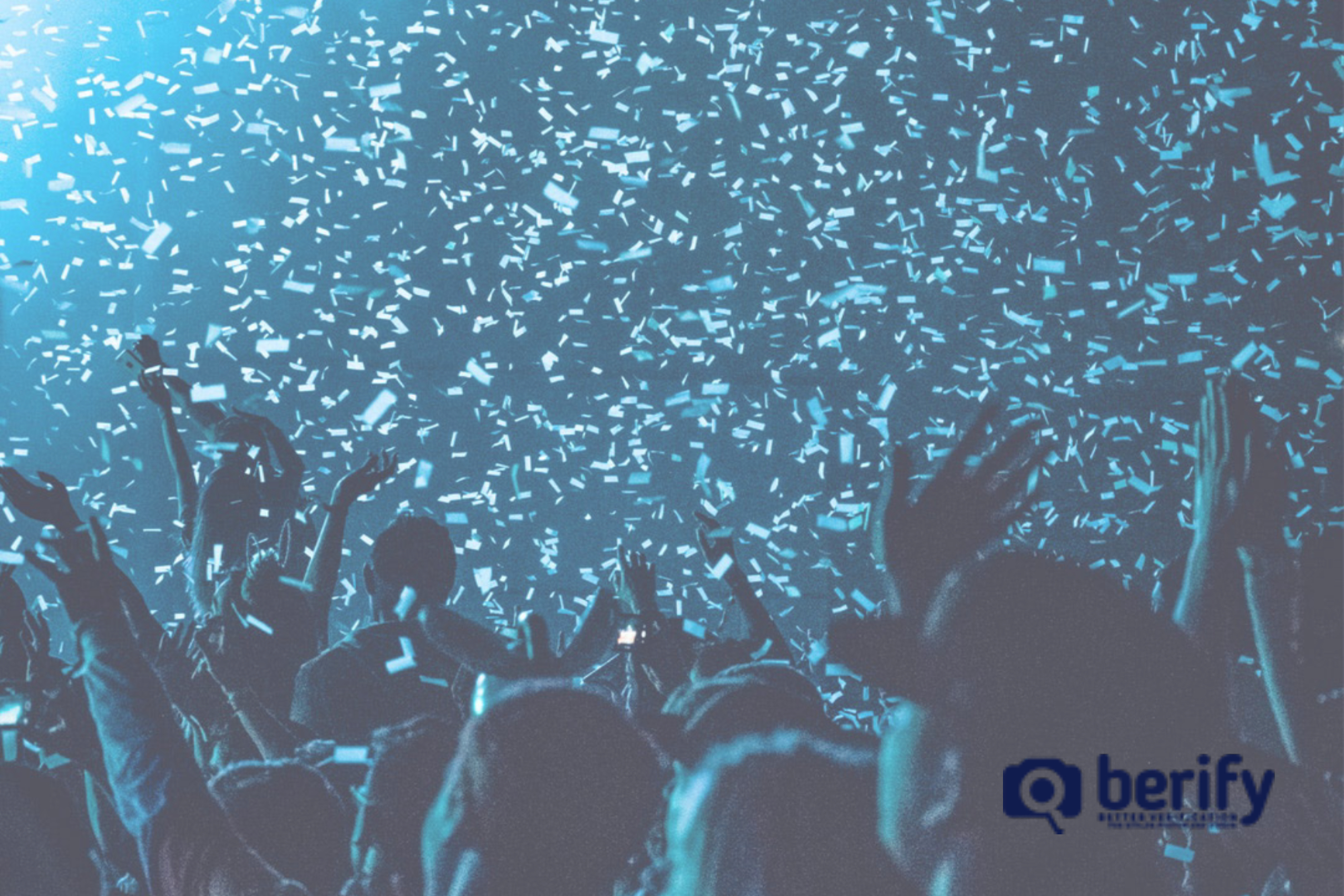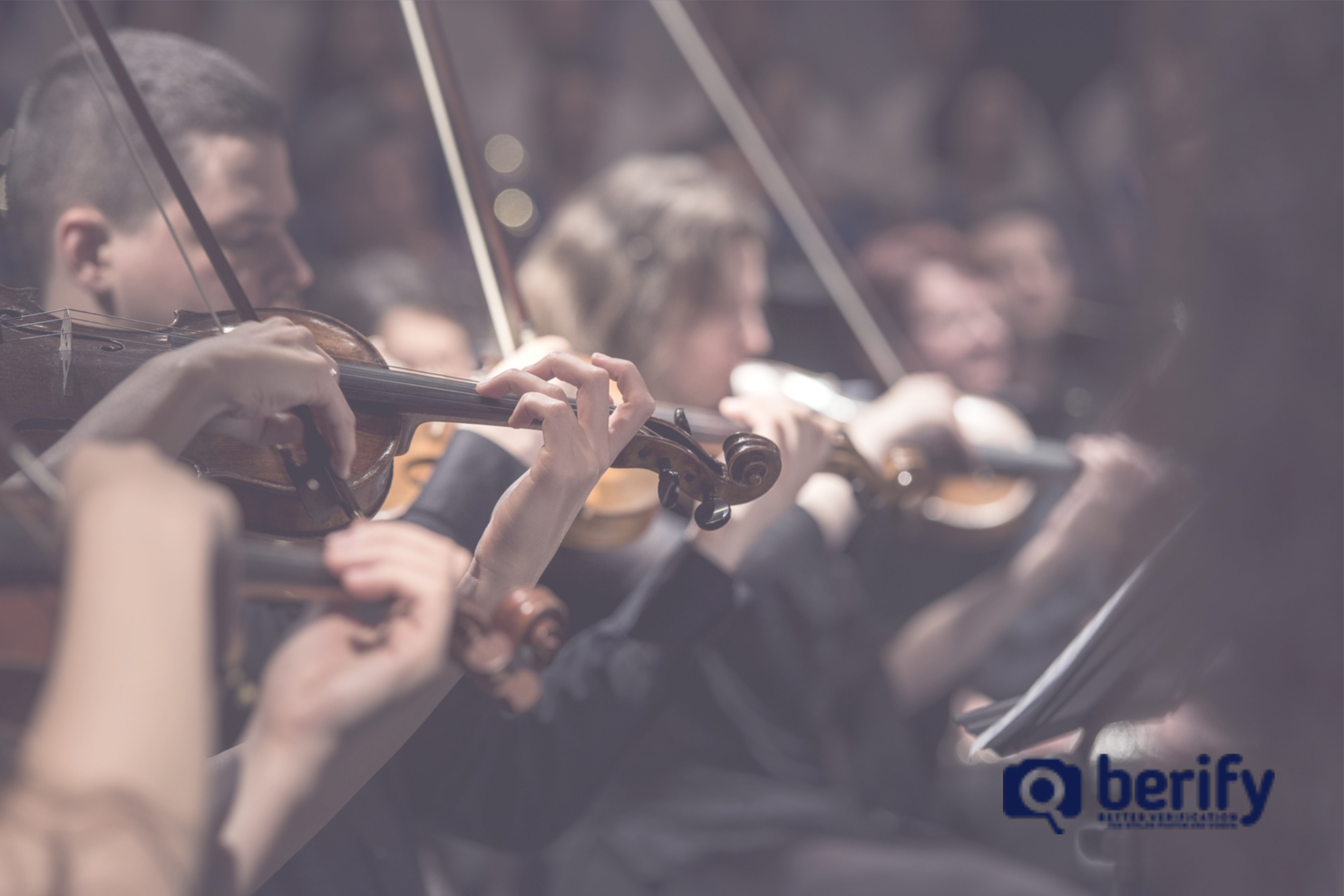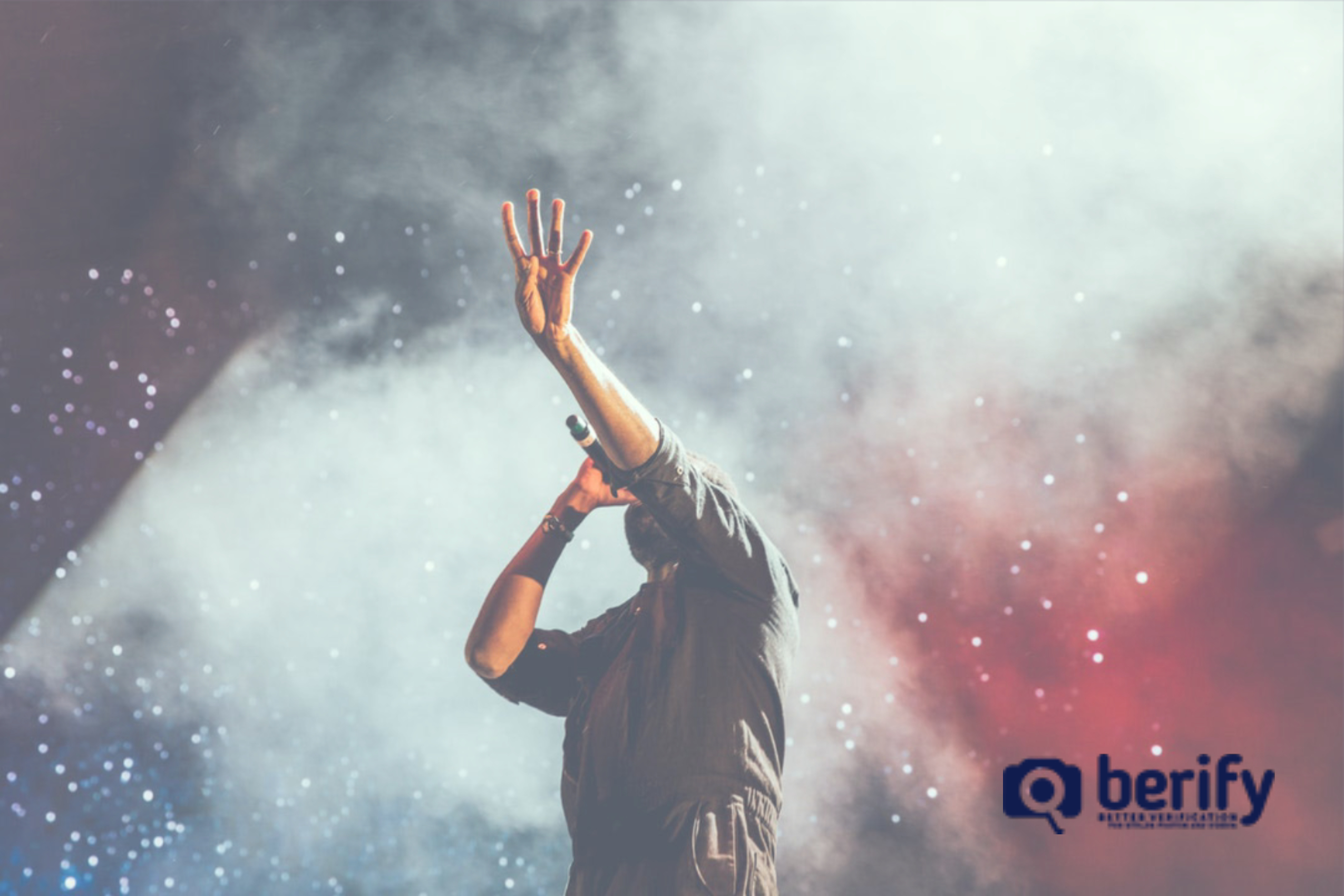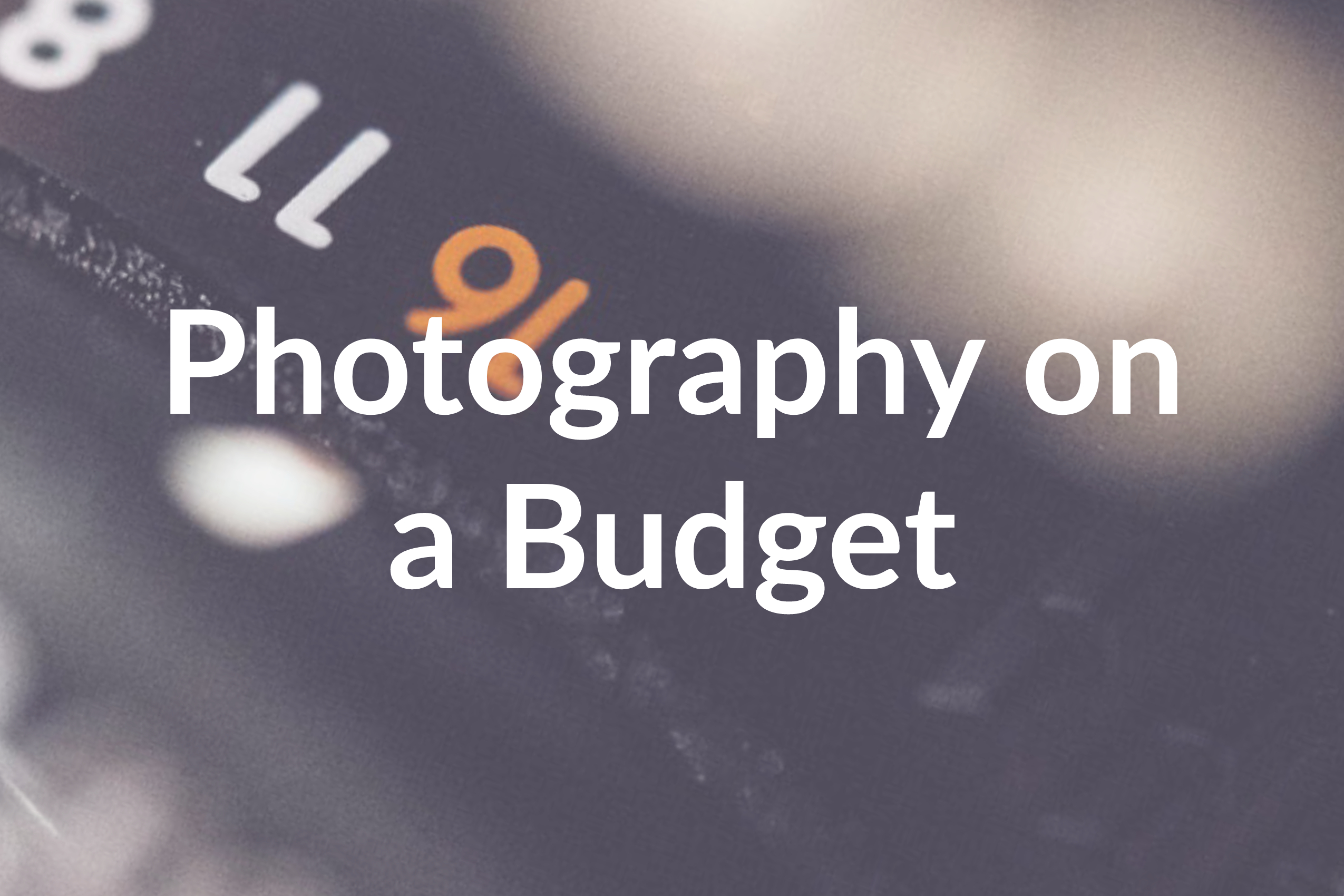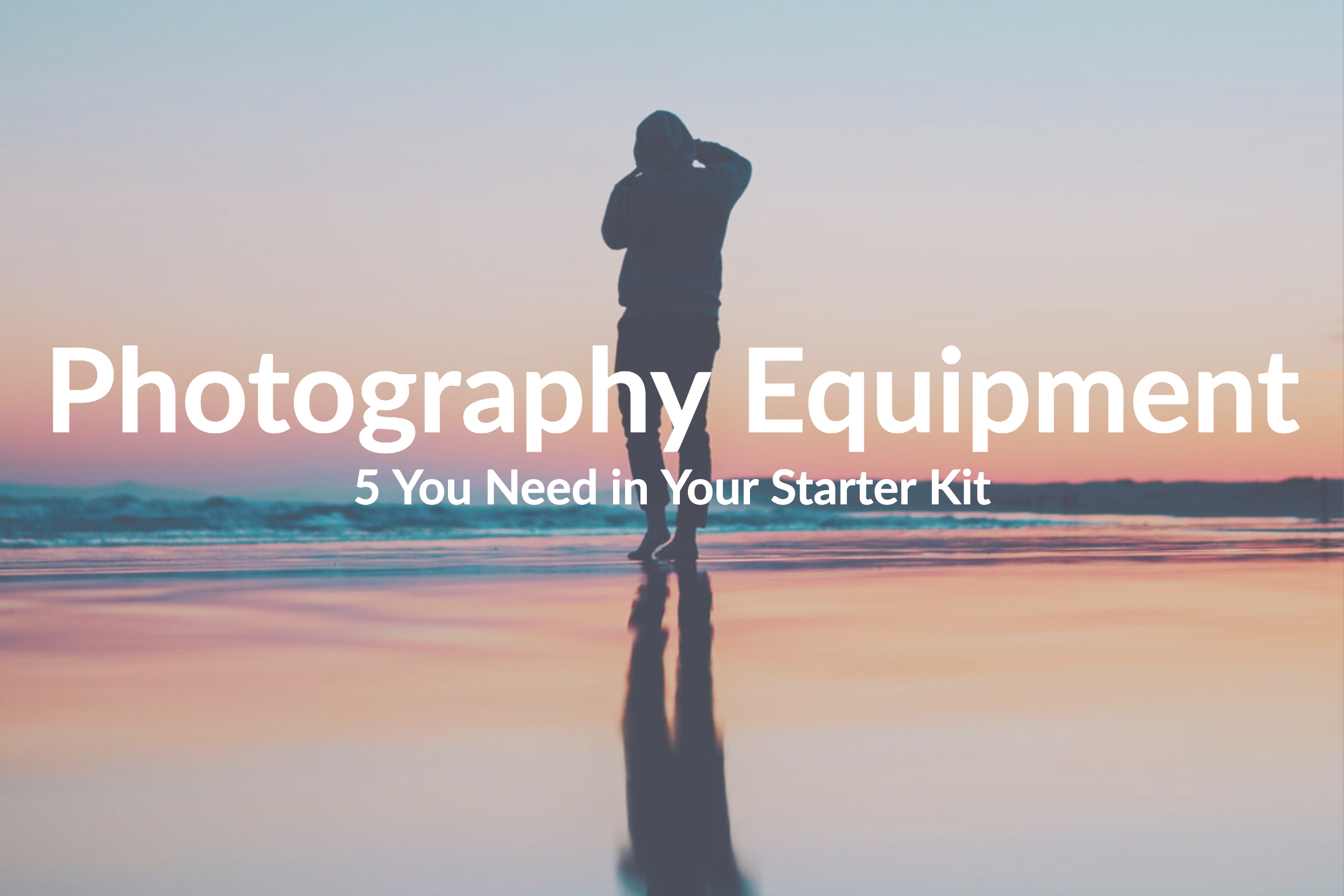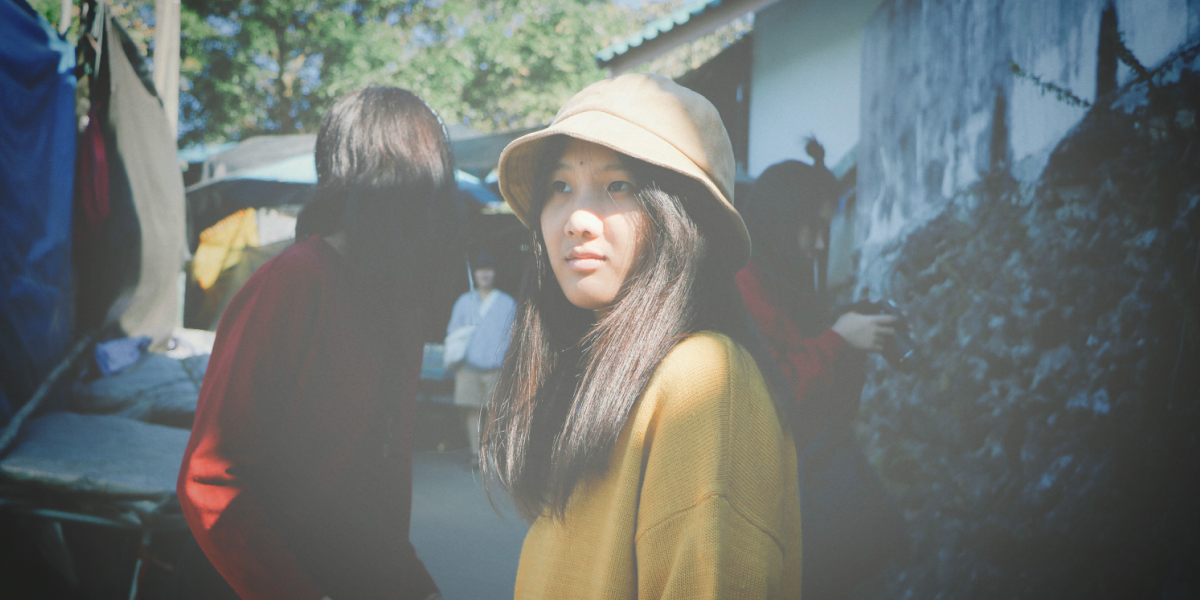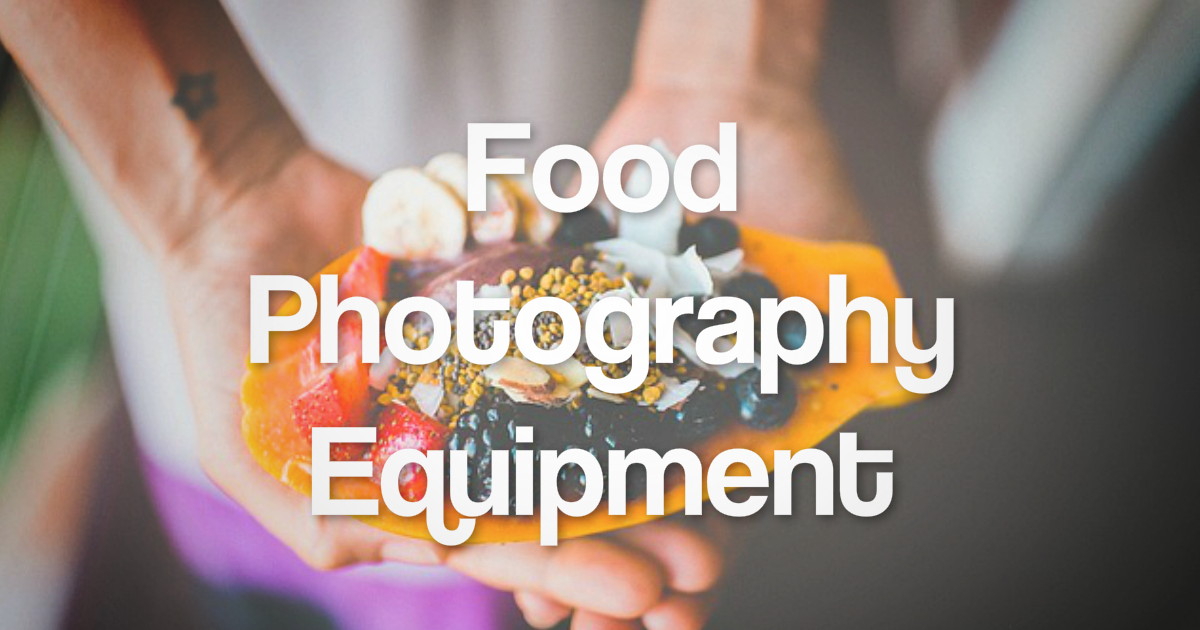Concert Photography: History, Tips, and Equipment Starter Kit
Are you interested in concert photography as a fan and artist? This field of photography is more than a labor of love; it can be a fulfilling hobby or a lucrative lifelong career that bridges into other endeavors. For the photographers in this genre, they say concert photography is personally fulfilling and rewarding.
Concert photographers delight in seeing the musicians and bands they love perform live while capturing they’re larger than life photos. Let’s explore how you can get started as a concert photographer and everything you need to know along the way!
What is Concert Photography?
Concert photography is the art of photographing live performances, from the stage to behind the scenes. Generally, concert photographers showcase all aspects of live shows, including activities related to the event.
These types of images can be iconic as they including rock stars, thrilling music fans. Concert photographs are sometimes created solely by supporters of a musician, but most are produced commercially for magazines, press, social media pages, or even as cover art for albums.
A Brief History
Photography, as we know it, began in the year 1826, when Joseph Nicephore Niepce, (often called the “father of photography”) created a photographic process called the heliography. However, the emersion of concert photography has its roots more in the 1950s and 1960s.
This is when bands with huge fan followings began taking the stage and were photographed (for example, The Beatles, Elvis, etc.). “Rolling Stones” and other rock magazines began to showcase concert images, and the internet has only furthered that trend.
Concert Photography Tips
Watch your camera’s shutter speed. If your shutter speed is too low, your images will be blurry, and you can’t recreate a perfect concert moment, just for a re-shoot. Aim for a shutter speed of 1/250 or faster.
Take more shots than you think you need. However, be patient and wait for the right shots, don’t just shoot to take images and regret missing an important shot.
ISO
Since ISO is how sensitive your camera is to light, the lower your ISO settings, the less sensitive your camera will be. If the ISO is high(er), the more sensitive your camera will be. You can always experiment during a concert by starting with an ISO of 1600 and slowly increasing it if you’re unsatisfied. Avoid a grainy image (with too high of an ISO).
Research the venue and the band before the concert, so you are prepared and have all the supplies you need
Best Equipment/Settings for Concert Photography
Crop Sensor (DSLR) Camera
- This type of camera can be purchased on a budget and, financially, is the best when starting. Crop sensor cameras (with a lens) cost a few hundred dollars and are smaller & lighter.
Maximum ISO Setting of ISO 6400
- While the sensor being smaller can create more noise, it is still the best camera for newbies and the ISO 6400 will help when you have low (on stage) lighting conditions.
Aperture
- It is recommended that you shoot with a wide open lens. Since concert lighting can be darker, apertures of fl.4, fl.8, or f2.8 work great for the brightest photographs.
50mm FL.8 for a Fast Lens
- This plastic lens is an excellent choice as it is available for all brands and nicknamed the “Plastic Fantastic”, for being lightweight and small.
Earplugs!
- Earplugs won’t stop you from hearing the music; they will protect your ears.
Berify
- Make sure no one is using your copyrighted photographs without your consent. Upload your images online at Berify.com and receive an alert when an online match is found.
Although it can be intimidating to imagine photographing big names in the music world, there are local concerts all the time where you can hone your skills. As you work on your craft, you can upgrade your equipment, and submit your work to magazines or paid jobs. You can also tag bands and see if they like your images enough to hire you for a shoot.
Are you worried that your images are being stolen by others online and used for free, without crediting you as their creator?
Head over to Berify and take charge of your copyright. Don’t miss out on career opportunities because online thieves right click on your images and use them as their own. Your copyright matters, but it is your job to protect it.
